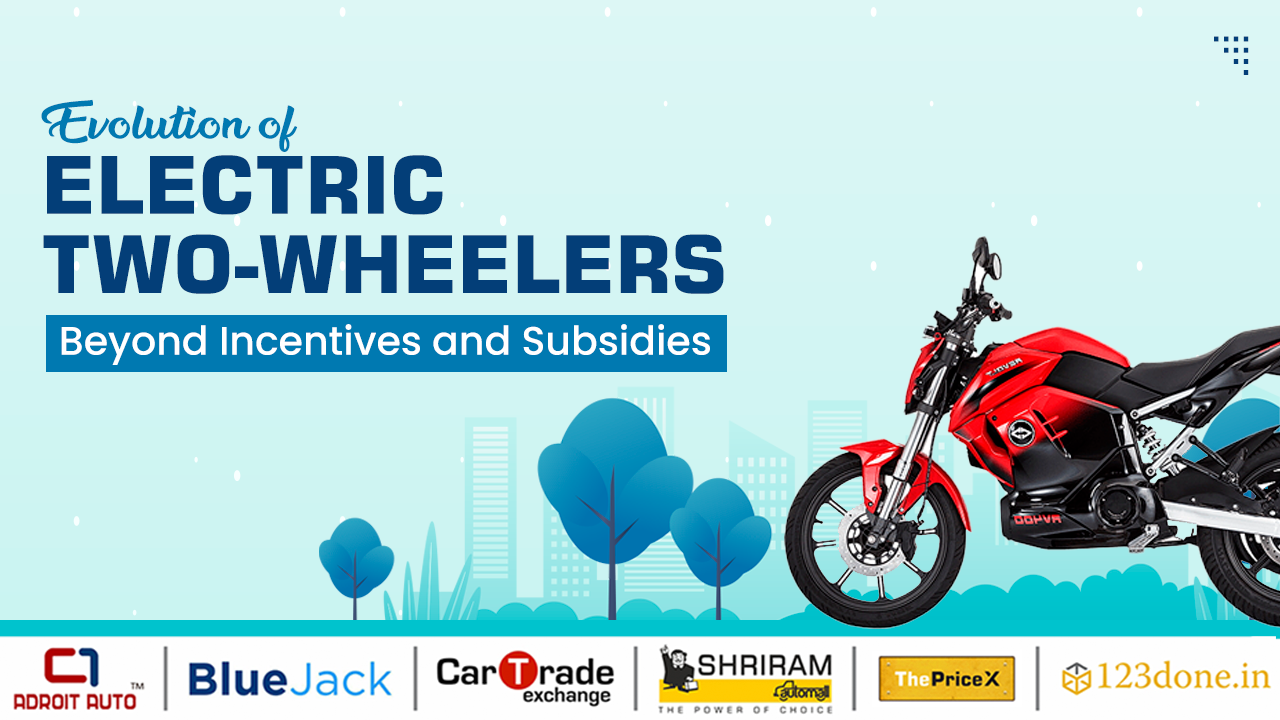Evolution of Electric Two-Wheelers Beyond Incentives and Subsidies

In a recent discourse at the Symposium on International Automotive Technology (SIAT), prominent voices from the electric two-wheeler industry shared insights that shed light on the future trajectory of incentives within the sector.
A prominent figure in the electric two-wheeler industry quoted, "I don't think beyond a couple of years we would need incentives," underscoring a vision where the electric two-wheeler industry aims to establish a sustainable business model without relying on external incentives. The driving force behind this vision lies in the company's dedicated focus on Research and Development (R&D), with the primary goal of reducing product costs while maintaining the utmost reliability and quality. Jain confidently stated, "There is a very clear path to make it happen."
Central to this journey is a commitment to continuous innovation in both products and technology. It is highlighted that the significance of bringing new features and products to the market, catering to the evolving demands and expectations of customers is much higher than anything else. Amidst the challenges faced by the electric two-wheeler industry, including global supply chain disruptions, the companies are emphasizing on the critical need for stability and clarity over the long term to encourage substantial investments.
Drawing parallels to market trends, companies pointed out the growth potential of electric two-wheelers, akin to the unexpected surge in demand for SUVs in India. The comparison serves as a testament to the evolving nature of the Indian market, where customers seek superior products while being mindful of cost considerations.
As the industry navigates challenges and embraces innovation, many insights hint at a future where electric two-wheelers stand on their own merit, driving growth and adoption without relying heavily on external incentives or subsidies. The journey ahead promises not only a shift in perceptions but also a commitment to shaping a robust and sustainable electric mobility landscape.

 Download Our App
Download Our App



